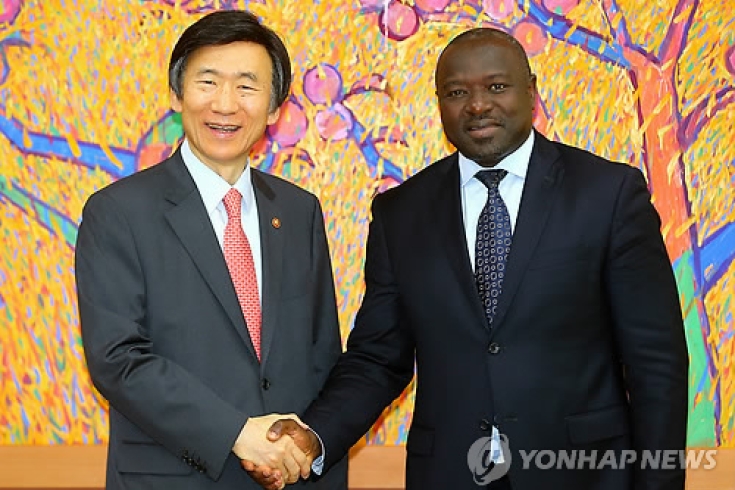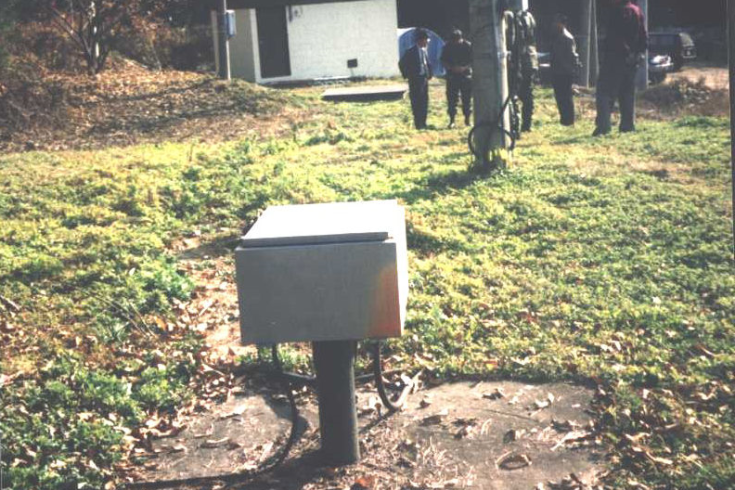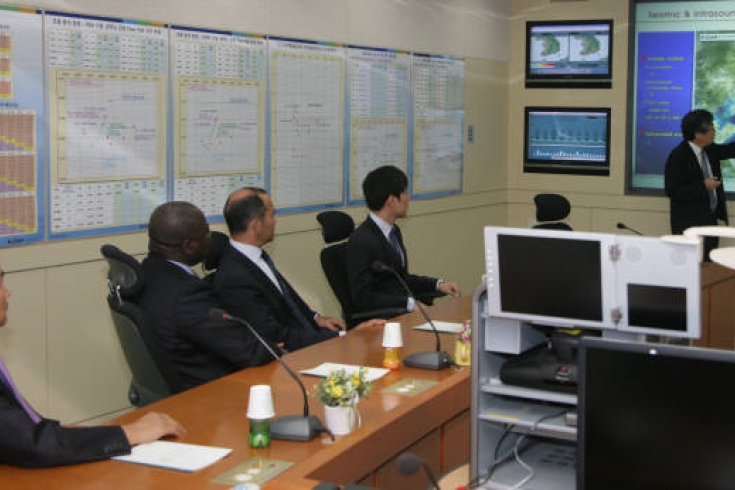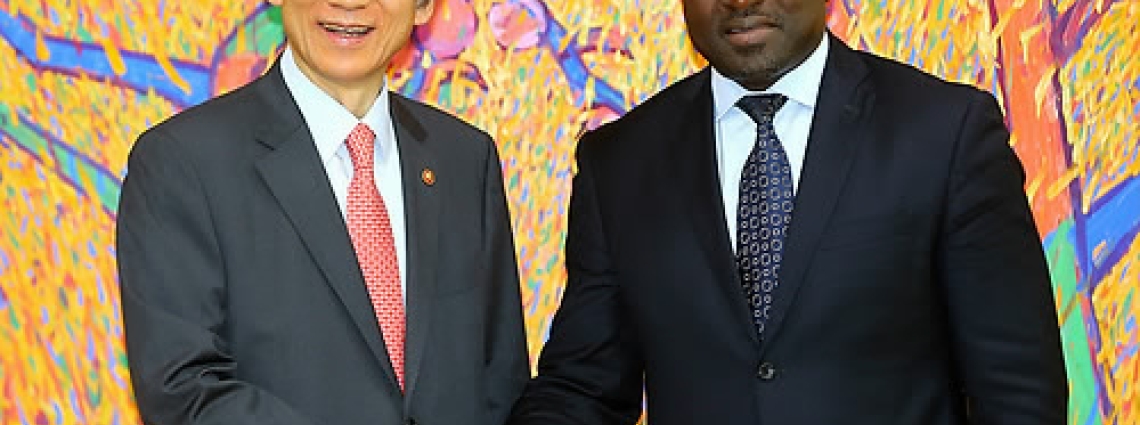CTBTO head visits Republic of Korea, meets Foreign Minister

Korean Foreign Minister Yun Byung-se (left) and CTBTO Executive Secretary Lassina Zerbo. Image courtesy of Yonhap News Agency.
I thank the Republic of Korea for its strong support of the Comprehensive Nuclear-Test-Ban Treaty and its organization. We stand ready to detect any militarily relevant nuclear explosion.
Zerbo and Yun underlined the urgency to achieve the entry into force of the Comprehensive Nuclear Test-Ban Treaty (CTBT), which l bans all forms of nuclear explosions. The DPRK is one of eight remaining countries defined as nuclear technology holders by the CTBT whose ratification is still needed for the Treaty’s entry into force. In this context, Zerbo stated his support for the denuclearization efforts on the Korean peninsula and his openness to enter into a dialogue with the DPRK and to visit the country if invited.

The ROK is host to primary seismic station PS31 at Wonju, some 130km from the border to the DPRK. Click for station profile.
We moved from thousands of nuclear tests to nearly none (recently). And there have been only those three tests by the DPRK in the 21st century. There is no room for further nuclear tests by the DPRK.
During his visit Zerbo participated in a roundtable discussion at the Korea National Diplomatic Academy (KNDA), where he briefed participants on the status of the CTBT’s entry into force process and progress in building up the CTBT’s verification regime.

Visit to the Korea Institute of Geoscience and Mineral resources (KIGAM), Korea’s National Data Centre, where Zerbo met the institute’s President Dr. Kyu Han Kim. Image courtesy of KIGAM.
The Executive Secretary’s visit received considerable coverage in the Korean media; see CTBTO Newsroom. See also the press release by the Ministry of Foreign Affairs.
14 Aug 2014
